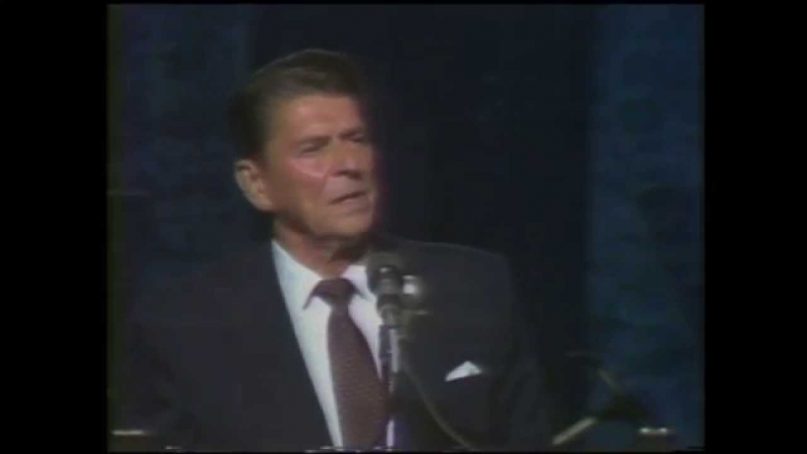Efforts to revitalize a religious left are under way, Laurie Goodstein reports in the New York Times, and there’s no shortage of causes: immigration, climate change, health care, economic equality.
Any one of them would be enough to get a movement going, and that’s a problem. Which to focus on?
But the more serious problem lies elsewhere. Unlike the religious right, the religious left tends to think it’s above political partisanship.
“[T]hose on the left,” writes Goodstein, “say that they do not need to mirror the Christian right’s strategic alliance with the Republican Party to gain a healthy measure of political influence.” Really?
That strategic alliance, it’s worth recalling, was the religious right’s raison d’être. Let’s take a trip down memory lane.
It was the national Democratic Party’s turn toward racial equality, beginning with President Truman’s integration of the Armed Forces in 1948, that started white Southerners on their long, slow march into the GOP. After the historic civil rights legislation of the mid-1960s, Richard Nixon’s southern strategy was predicated on establishing the GOP as the white peoples’ party.
But by the 1970s, the smart guys in the GOP needed a new set of issues to keep the strategy going — a need that became imperative after it was threatened by Jimmy Carter’s election in 1976. The answer lay in the threat posed to conservative social mores by the Equal Rights Amendment, gay rights, and what proved to be the Big Kahuna, legalized abortion.
In 1980, GOP operatives joined forces with evangelical bigwigs in a determined effort to get white evangelicals in the South to abandon Carter and embrace Ronald Reagan, torchbearer of the Republicans’ new social agenda. The coming-out party was the August 1980 National Affairs Briefing in Dallas, with its slogan, “Get ’em saved; get ’em baptized; get ’em registered.”
The event culminated with a personal appearance by Reagan himself, who bestowed a wonderfully disingenuous message: “I know you cannot endorse me, but I endorse you and everything you do.” The match was made.
It would be hard to argue that the strategy was a failure — except perhaps in spiritual terms. Sure, the religious right hasn’t always gotten its way. But it has transformed American politics to an astonishing degree, establishing white evangelicals as the base of the Republican Party through concerted policies of partisan voter mobilization.
Just listen to Donald Trump’s testimonial to the work of the Faith and Freedom Coalition the other day and you’ll see what I mean.
By contrast, the religious left has preferred the prophetic allocution and the occasional march or rally to the grinding work of turning out the votes for candidates who support its causes. These days, those would be Democratic candidates.
The exception, and it’s not an inconsequential one, is to be found in black churches, where Democratic candidates regularly show up and from which, on election day, the buses roll. But Democrats have never had anything like the Christian Coalition or the Faith and Freedom Coalition.
It’s about time they did.






